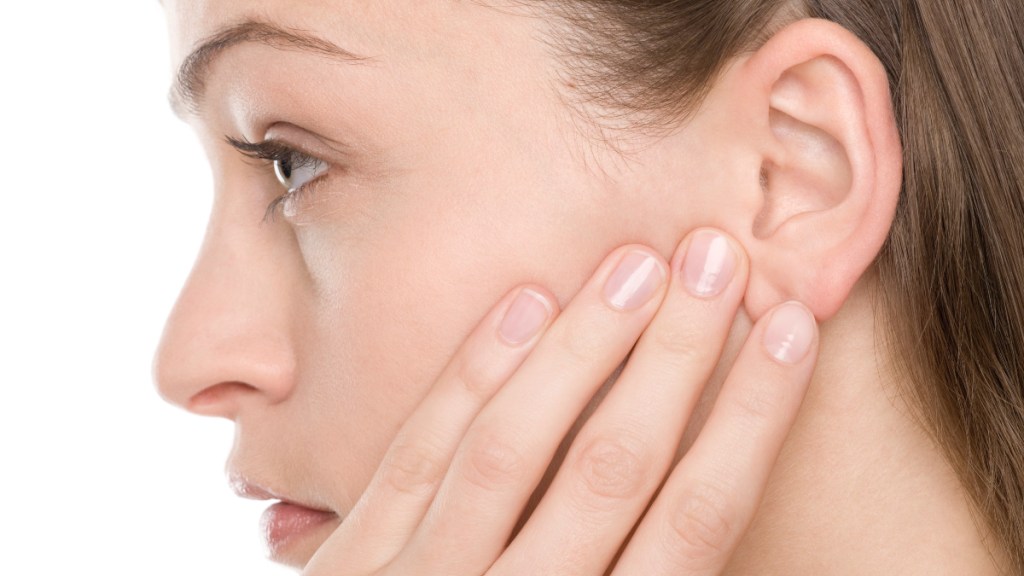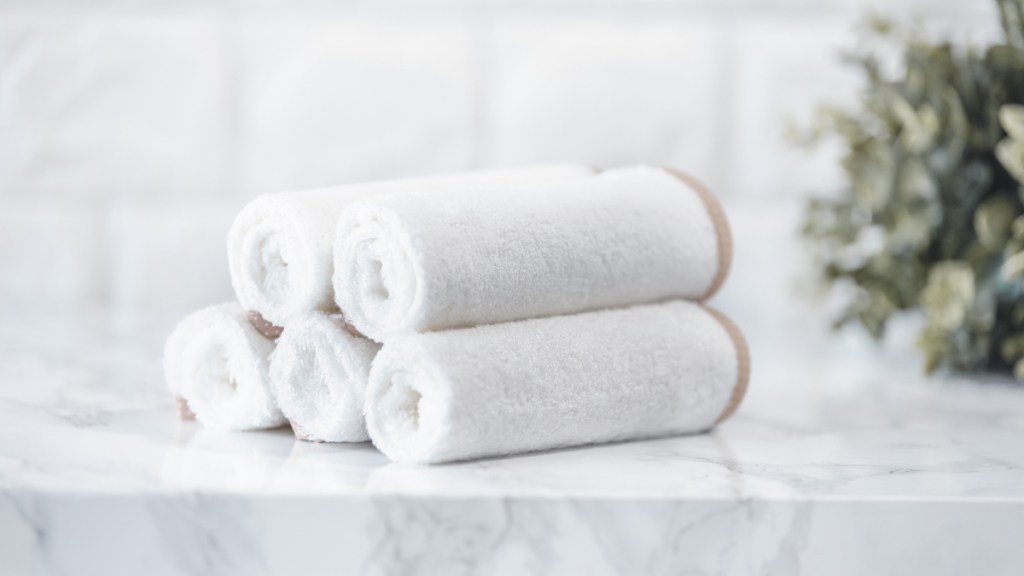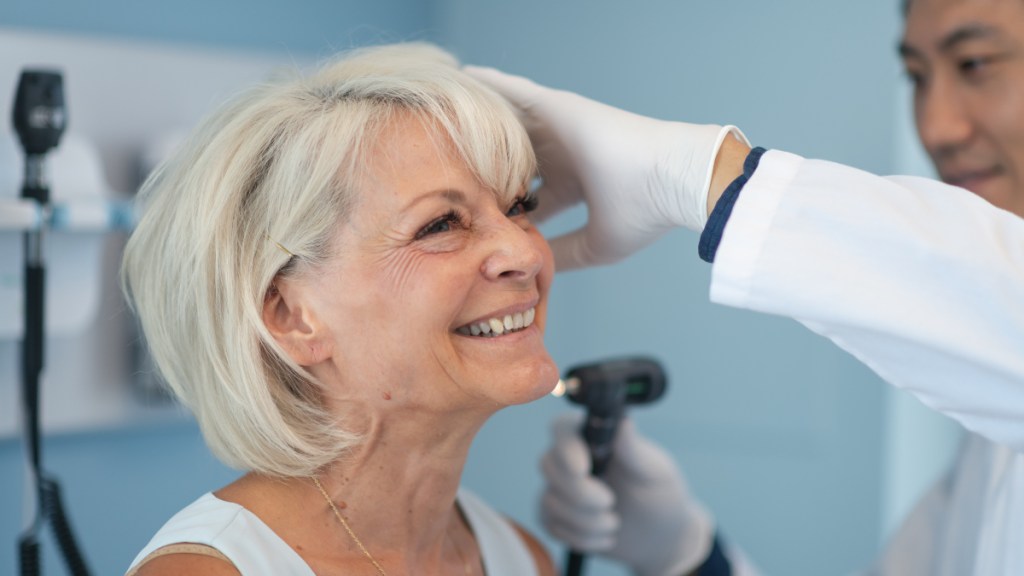Is Funky-Colored Ear Wax a Cause for Concern? When You Need to See a Doc
Put the Q-tip down! Experts share a peroxide trick and "ear oiling" technique that dissolves buildup safely

You probably don’t think much about your ear wax, unless you see it collecting on a pair of earbuds or earplugs. That buildup might look offputting, but it’s actually a boon to your health. But what happens when your typically yellow ear wax turns dark in color? Could it signal an underlying health issue? We asked top ear doctors to weigh in on whether dark ear wax is cause for concern, plus the best ways to remove excess wax safely (hint: it’s not with a cotton swab).
Ear wax: The ears’ natural cleanser
Ear wax often gets a bad rap because of its color and texture, but it’s a normal byproduct of healthy ears. “Otherwise known as cerumen, ear wax is a natural substance produced by glands in the outer half of the ear canal,” explains Maura Cosetti, MD, an otolaryngologist (ear, nose, and throat doctor) and Director of the Ear Institute of New York Eye and Ear Infirmary (NYEE) of Mount Sinai in New York City.
“Ear wax serves many purposes,” adds Viral Tejani, AuD, PhD, a Senior Cochlear Implant Clinical Research Audiologist and assistant professor of otolaryngology head and neck surgery at Case Western Reserve University. “It naturally migrates out of the ear canals and, along the way, traps dead skin cells, dirt and hair. It’s a natural cleanser and protective mechanism.”
Once ear wax makes it to the opening of your ear canals, it falls out or gets washed away when you bathe. Since ear wax plays such a vital role, it’s best to leave it alone. Using cotton swabs to clean your ears and/or excessively scrubbing them with soap and water can end up doing more harm than good. (More on that below.)

What normal, healthy ear wax looks like
“There is a wide variety of ear wax,” Dr. Cosetti says. “Just like each ear is uniquely different, ear wax may be different from one person to the next.” It comes in a range of colors, from yellow and orange to brown and black. Textures also vary. For example, some folks’ ear wax is dry and scaly, while others’ is wet and gooey.
Ear wax naturally collects inside the ear canals and sticks to its walls in clumps. This buildup is what comes out on your fingernail when you scratch your inner ear. It’s what prevents dirt, debris and microorganisms from entering your body.
What causes dark ear wax?
If you suddenly notice dark ear wax, it’s likely not a cause for concern. Here’s why:
“Dark ear wax usually occurs when your ear wax has been sitting impacted in your ear for a long time,” says Hadassah Kupfer, AuD, a doctor of audiology in New York City. “This can occur because of excessive Q-tip use or because of the shape of your ear canal.”
“The longer ear wax stays in your ear canal, the more it oxidizes,” adds Bopanna Ballachanda, PhD, an adjunct faculty member at San Jose State University, and the President of the American Academy of Audiology. “Hair and dust particles accumulate on the ear wax, making it look dark brown or black.” In other words, dark ear wax occurs because of the other substances in your ears, not the wax itself. (Click through to learn how impacted ear wax can dampen your hearing — plus discover how to hear better.)
The best way to remove dark ear wax
All of the doctors we spoke to said our ears do a fantastic job of clearing out wax on their own. Dr. Cosetti even says that most people can even go their entire lives without cleaning their ears. However, since ear wax naturally migrates out of your ears, it’s normal to get mild buildup on wearable devices like hearing aids, earbuds and earplugs.
If that’s a concern, there are plenty of ways to keep your ears clean without damaging your eardrums. Dr. Kupfer’s recommendation: use a clean towel.
“Wrap a damp towel around your pinky finger to clean the outer portion of your ear where wax may be seen,” she says. “You can even pull up and out on the pinna — the floppy part of your ear lobe — to widen the ear canal space for somewhat deeper access.” This lets you clean out any earwax buildup near your ear canal while staying at a safe depth, something Dr. Kupfer says can’t be done with a cotton swab. (Check out the video below for a visual illustration.)

Why you should never use cotton swabs
Dr. Cosetti says that since ear wax is produced in the outer half of the ear canal, cotton swabs aren’t ideal for cleaning it. Instead of removing ear wax, they often plug it up. “In general it’s not a good idea to stick anything inside your ear canal,” Dr. Cosetti says. “It can push the wax deeper and you can injure sensitive parts of your ear, such as your eardrum.” (Check out the video below for a visual illustration.)
Similarly, overcleaning your ears with cotton swabs can affect their natural lubrication. This “causes the ear canal to become very dry, raw and itchy,” Dr. Kupfer explains. “If you know that you’re prone to ear wax buildup, just maintain your ear hygiene with ear drops or visit your doctor every month or more often as needed.”
When to see a doctor about dark ear wax
Dr. Tejani says to make an appointment with your primary care physician or an ear, nose and throat doctor (ENT) if you experience:
- Ear drainage (especially if it’s foul-smelling)
- Itchiness or a feeling of fullness in your ears
- Difficulty hearing
- The sensation of water being trapped in your ears
Although these symptoms can occur for various reasons, one of the most common culprits is ear wax buildup. Dr. Kupfer says there are several options for professional ear wax removal. Your doctor might recommend “suction, manual removal using a curette — a small surgical instrument — or water lavage, such as the famous Earigator, which we use in my practice.” These treatments safely eliminate buildup without causing damage.
“Remember that ear wax is normal,” Dr. Tejani adds. “You should only worry about ear wax if it’s excessive. I’ve looked in many ears during my career. When I see a little wax, I don’t worry and leave it alone.”

More ways to safely remove ear dark wax at home
If your doctor determines that your ears produce an excessive amount of wax, they might recommend cleaning your ears at home. Though rarely needed, Dr. Tejani says there are several options.
Rinse with hydrogen peroxide
Lie down on your side, drape an old towel under your head, then pour a capful of hydrogen peroxide into your ear, letting it sit for a few minutes. “If you feel some fizzing, that’s normal,” Dr. Tejani says. “Then tilt your head to the side so the hydrogen peroxide drains out.”
Tip: Pouring the hydrogen peroxide into your ear can be tricky if you don’t have someone on hand to help out. In that case, pour the hydrogen peroxide onto a cotton ball, then gently squeeze the liquid into your ear canal. (Click through for 10 more brilliant uses for hydrogen peroxide.)
Oil your inner ear
Your doctor might recommend oiling your inner ear if you have hardened ear wax. Similar to how oil lubricates machinery, this helps soften your ear wax so it can naturally be expelled. “Put a couple of drops of mineral oil into your ear before bedtime,” Dr. Tejani says. “When you wake up, you can use a washcloth to wipe off any wax or oil that comes out.” Tip: You might want to drape an old towel over your pillow before bed to catch any oil that makes its way out overnight. (Check out the video below for more details.)
If you don’t have mineral oil, Dr. Ballachanda says olive oil or another type of cooking oil will do just fine. However, only use a few drops and make sure the oil is at room temperature — hot oil could damage your inner ear.
The best ear wax removal drops
Sometimes, dark ear wax buildup can be stubborn and tricky to remove. If your ears continue to feel itchy or stuffed up, Dr. Kupfer recommends Debrox Ear Wax Removal Kit.
Debrox contains carbamide peroxide, a diluted form of hydrogen peroxide. When placed into your ear canal, it creates a foam that softens and loosens your ear wax, allowing it to drain. One thing to keep in mind: “Debrox must be used for several days before it’s fully effective,” Dr. Kupfer says. “It takes time to gradually dissolve and loosen the ear wax so it can make its way out of the ear canal.”
For more ways to safeguard your hearing:
Ever Get an Annoying Crackling Sound in Your Ear? MD Shares the Easy Fix You Already Have on Hand
MD-Approved Tricks to Sharpen Hearing Naturally — No Hearing Aid Required
This content is not a substitute for professional medical advice or diagnosis. Always consult your physician before pursuing any treatment plan.














